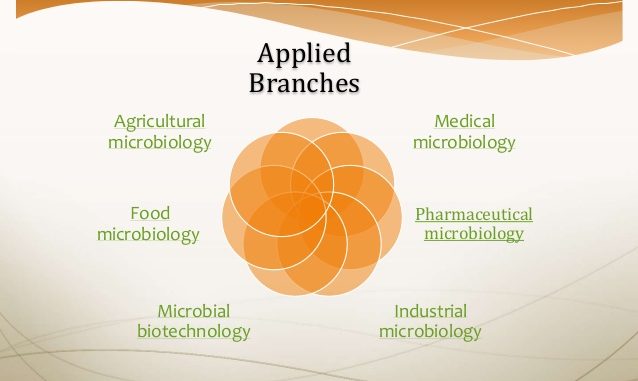
- Microorganisms affect the well-being of people in great many ways.
- They occur in large numbers in most natural environments and bring about many changes, some desirable and some undesirable.
- They exhibit wide range of activities; from causing diseases in humans, other animals, and plants to the production and deposition of minerals, the formation of coal, and the enhancement of soil fertility.
- There are many more species of microorganisms that perform important roles in nature than there are disease-producing species.
A summary of the major fields of applied microbiology appears in the table below:
| S.N. | Field | Some applied areas |
| 1. | Medical microbiology | Diagnostic procedures for identification of causative agents of various diseases and their preventive measures |
| 2. | Aquatic microbiology | Water purification; microbiological examination of water; biological degradation of waste; ecology (marine and fresh water) |
| 3. | Aeromicrobiology | Contamination and spoilage; dissemination of diseases |
| 4. | Food microbiology | Food preservation and preparation; food borne diseases and their prevention |
| 5. | Agricultural microbiology | Soil fertility; factors determining soil fertility; plant and animal diseases |
| 6. | Industrial microbiology | Production of medicinal products such as antibiotics and vaccines; fermented beverages, industrial chemicals; production of proteins and hormones by genetically engineered microorganism |
| 7. | Exomicrobiology | Exploration of life in outer space |
| 8. | Geochemical microbiology | Formation of coal, mineral oil and natural gas; prospecting for deposits of coal, oil, and gas; recovery of minerals from low-grade ores |